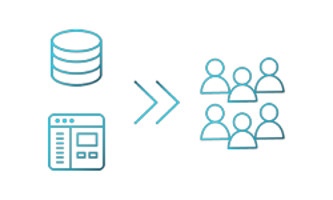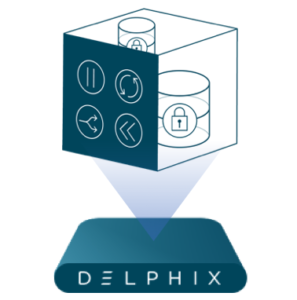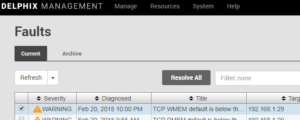
Self service of data is a reality. No more waiting for others to provide data copies to you. No more requests to the DBA team to refresh your analytics environment or set a restore point on your test database and later rewind it when things have gone wrong. No more tickets raised with the middleware team to refresh your development application with a production copy.
I worked as a DBA for many years and one of the most common tasks I had to perform was the movement of data around the organisation. In fact my very first job as a trainee was to refresh the management information system every Monday morning so the decision makers could work with the latest business data that week. It would take me all morning and would mean no MIS available on a Monday AM. When I look back I wonder why it was ok for a key information system to be unavailable for half a day a week. There’s no way it would be like that today but there was no better solution at the time.
Back then my week always began with a walk to the computer room where I would retrieve the DLT (tape backup) that contained the previous nights backup of the source database and load it into a tape drive of the target server. Then back to my office where I would kick off a restore of the tape and wait patiently (by the way, this was all Oracle databases hosted on OpenVMS – I do miss OpenVMS!). The database was only a few GB but it would take over 2 hours to restore! The remaining steps involved deleting the existing target database, recovering the restored database followed by a rename and then handing it over for a quick QA before releasing back to the business. A little laborious to say the least.
Let’s fast forward nearly 20 years and see how the process has changed. Continue reading “Self Service Data”

Matt is a technology consultant with over 20 years experience helping organisations around the world achieve data success using proven and emerging technologies. He is the Principal Consultant and Head Trainer at Kuzo Data.
Connect with Matt on LinkedIn.


